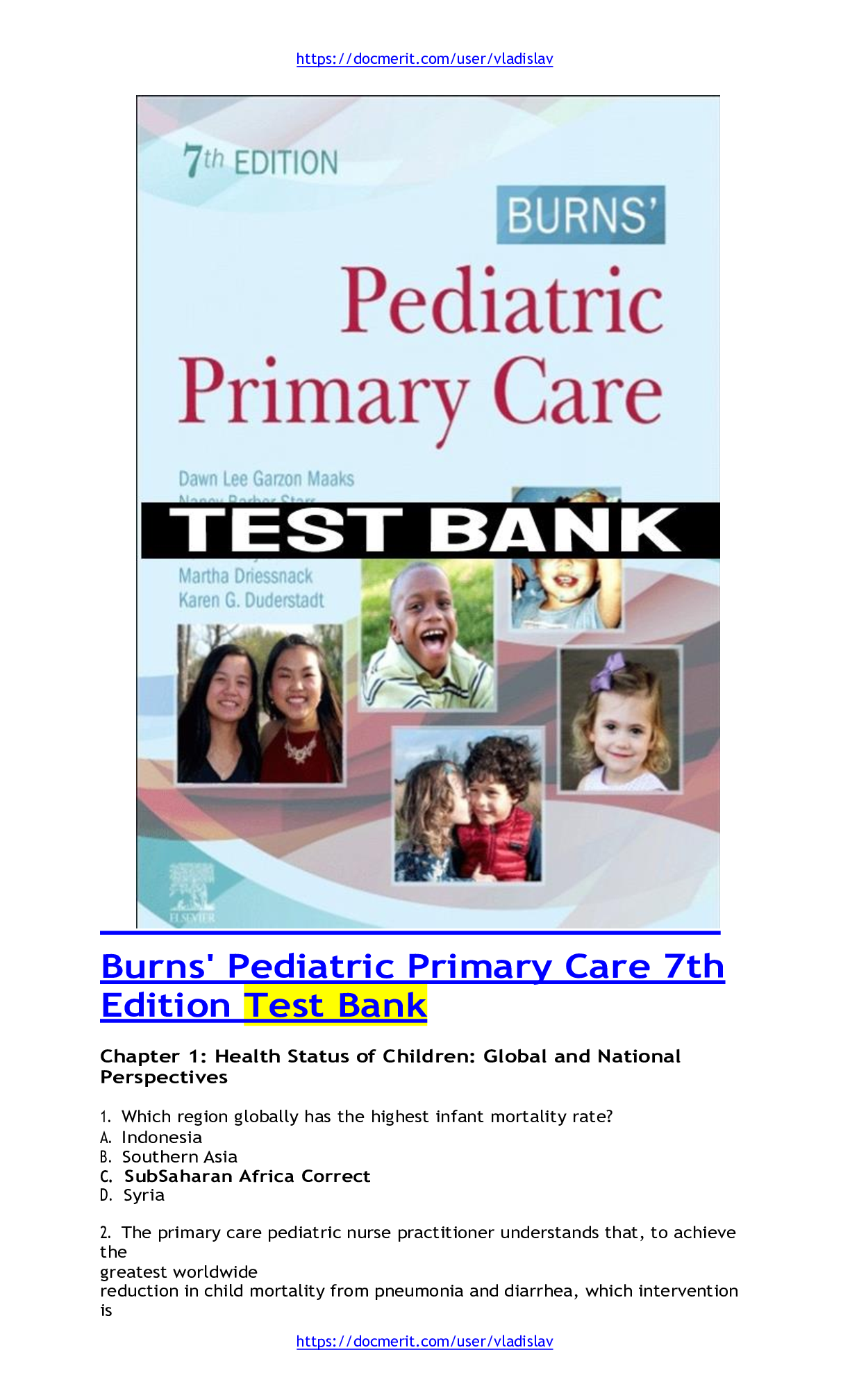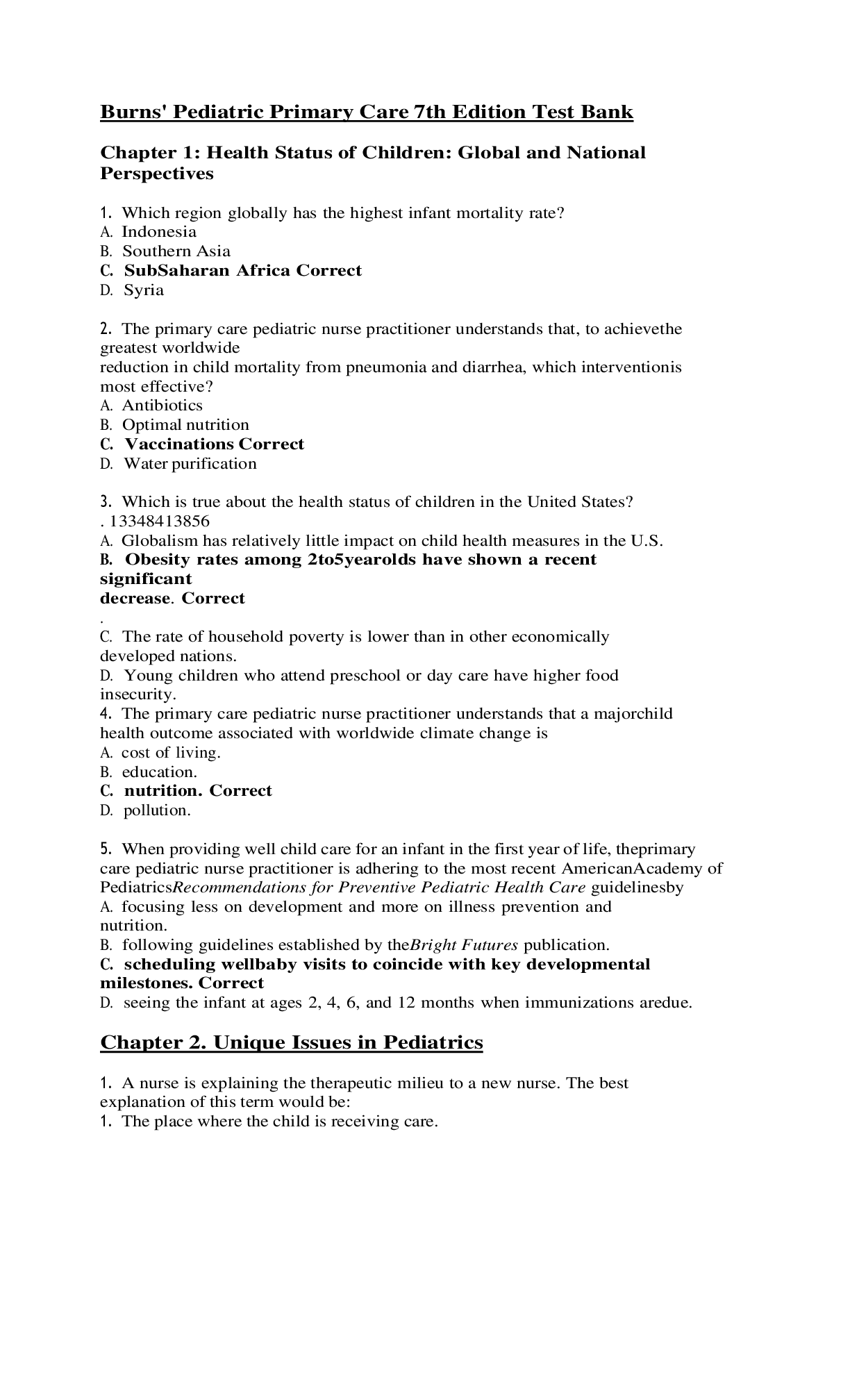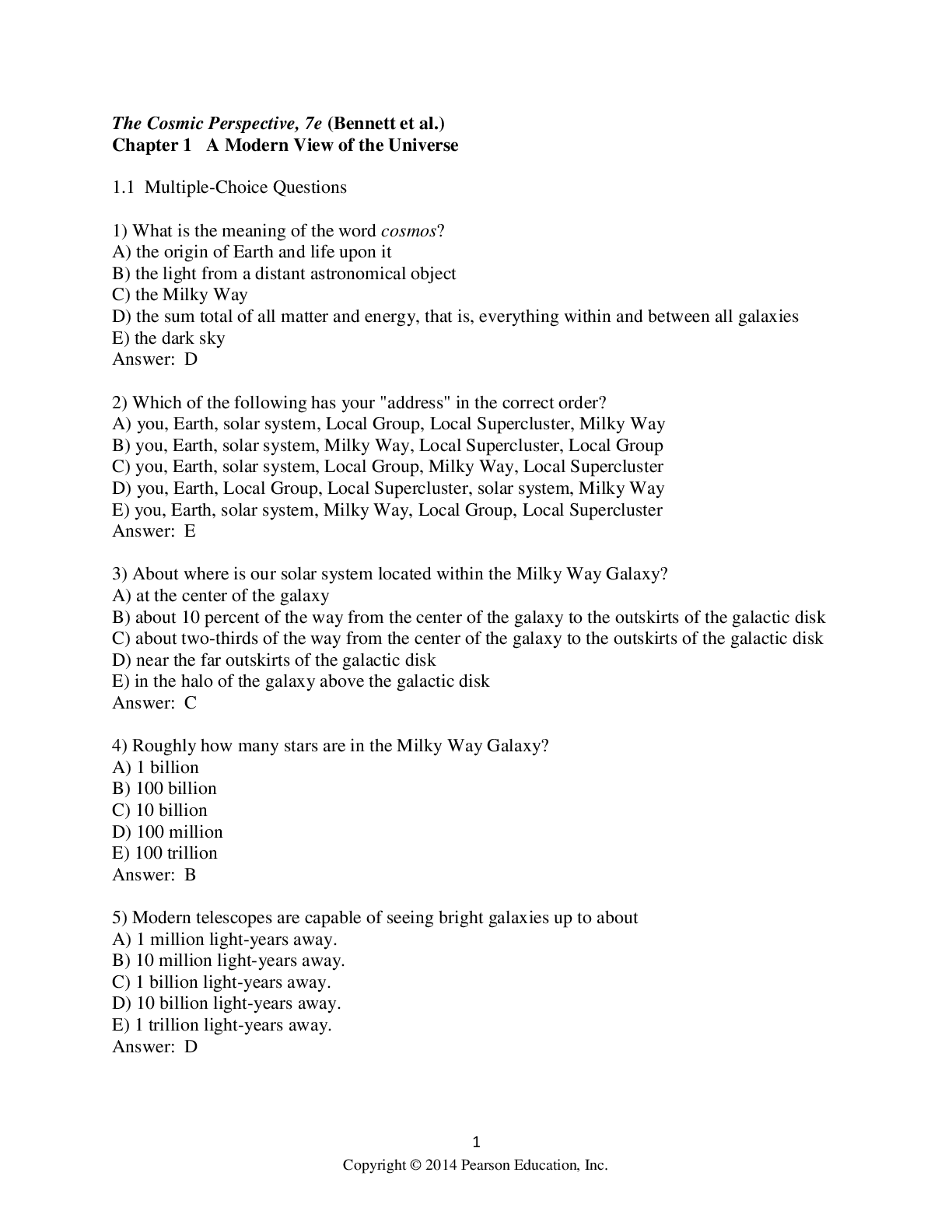Understanding Pathophysiology 7th Edition Test Bank
Document Content and Description Below
Understanding Pathophysiology 7th Edition Test Bank Chapter 1. Cellular Biology MULTIPLE CHOICE 1. A student is observing a cell under the microscope. It is observed to have supercoiled DNA with... histones. Which of the following would also be observed by the student? a. A single circular chromosome b. A nucleus c. Free-floating nuclear material d. No organelles ANS: B The cell described is a eukaryotic cell, so it has histones and a supercoiled DNA within its nucleus; thus, the nucleus should be observed. A single circular chromosome is characteristic of prokaryotic cells, which do not have histones. Free-floating nuclear material describes a prokaryotic cell, which would not have a distinct nucleus. Eukaryotic cells have membrane bounded cellular components called organelles. No organelles describes a prokaryotic cell. 2. A nurse is instructing the staff about cellular functions. Which cellular function is the nurse describing when an isolated cell absorbs oxygen and uses it to transform nutrients to energy? a. Metabolic absorption b. Communication c. Secretion d. Respiration ANS: D The ability of the cell to absorb oxygen refers to the cells function of respiration. The ability of the cell to function within a society of cells refers to its function of communication. The ability of the cell to take in nutrients refers to the cells function of metabolic absorption. The ability of the cell to synthesize new substances and secrete these elsewhere refers to the cells function of secretion. 3. A eukaryotic cell is undergoing DNA replication. In which region of the cell would most of the genetic information be contained? a. Mitochondria b. Ribosome c. Nucleolus d. Nucleus ANS: C The region of the cell that contains genetic material, including a large amount of ribonucleic acid, most of the DNA, and DNA-binding proteins, is the nucleolus. The mitochondria is the site of cellular respiration. The ribosomes are involved in manufacturing of proteins within the cell. The nucleus contains the nucleolus, and it is the nucleolus that contains genetic material. 4. The fluid mosaic model for biologic membranes describes membrane behavior. According to this model, which of the following float singly or as aggregates in the fluid lipid bilayer? a. Peripheral membrane proteins b. Integral membrane proteins c. Glycoproteins d. Cell adhesion molecules ANS: B Integral membrane proteins float freely in the fluid lipid bilayer. Peripheral membrane proteins are not embedded in the layer, but reside at the surface. Glycoproteins act as cell surface markers. Cell adhesion molecules are on the outside of the membrane and allow cells to hook together. 5. Which of the following can bind to plasma membrane receptors? a. Oxygen b. Ribosomes c. Amphipathic lipids d. Ligands ANS: D Ligands are specific molecules that can bind with receptors on the cell membrane. Oxygen moves by diffusion; it does not bind to receptors. [Show More]
Last updated: 11 months ago
Preview 1 out of 771 pages
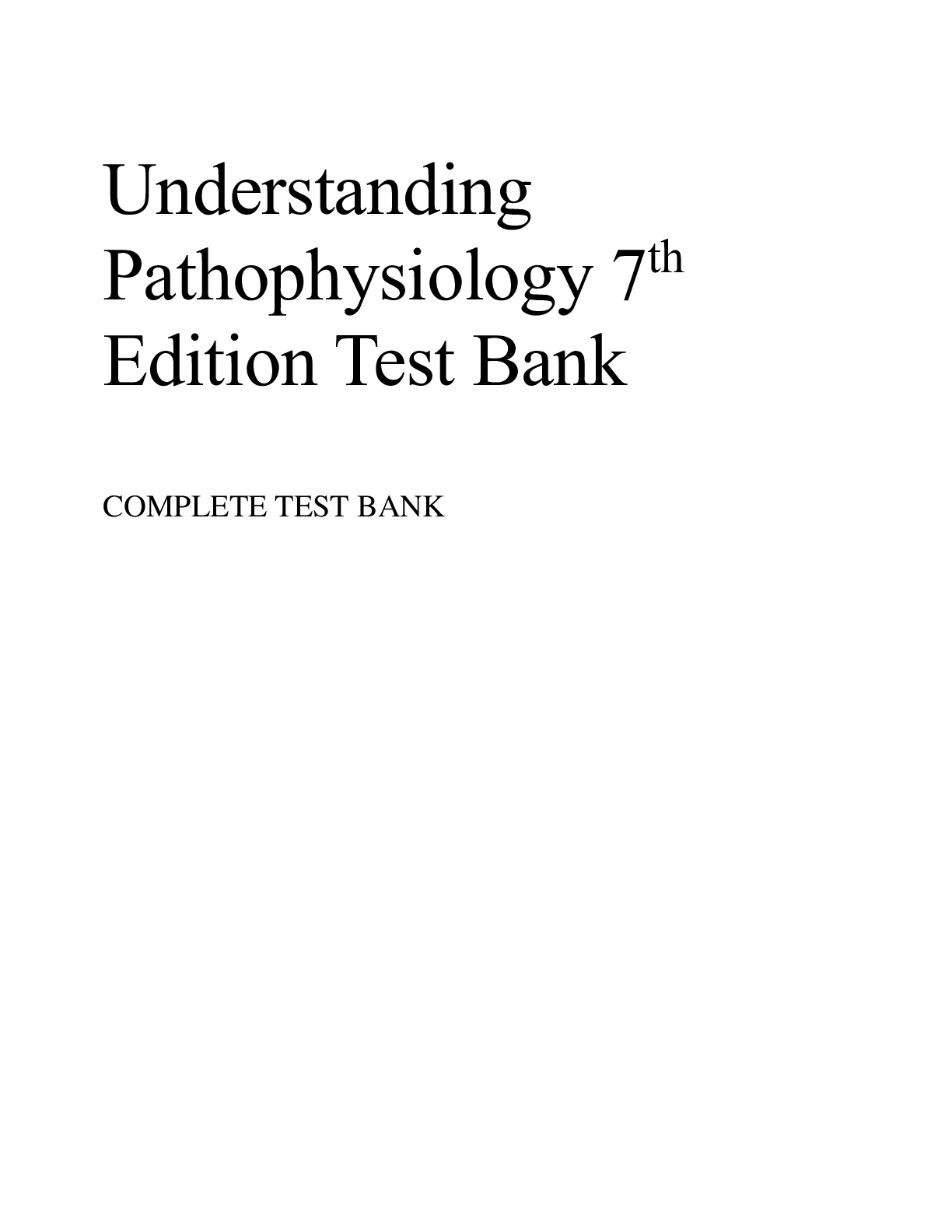
Reviews( 0 )
Document information
Connected school, study & course
About the document
Uploaded On
Feb 08, 2022
Number of pages
771
Written in
Additional information
This document has been written for:
Uploaded
Feb 08, 2022
Downloads
0
Views
33

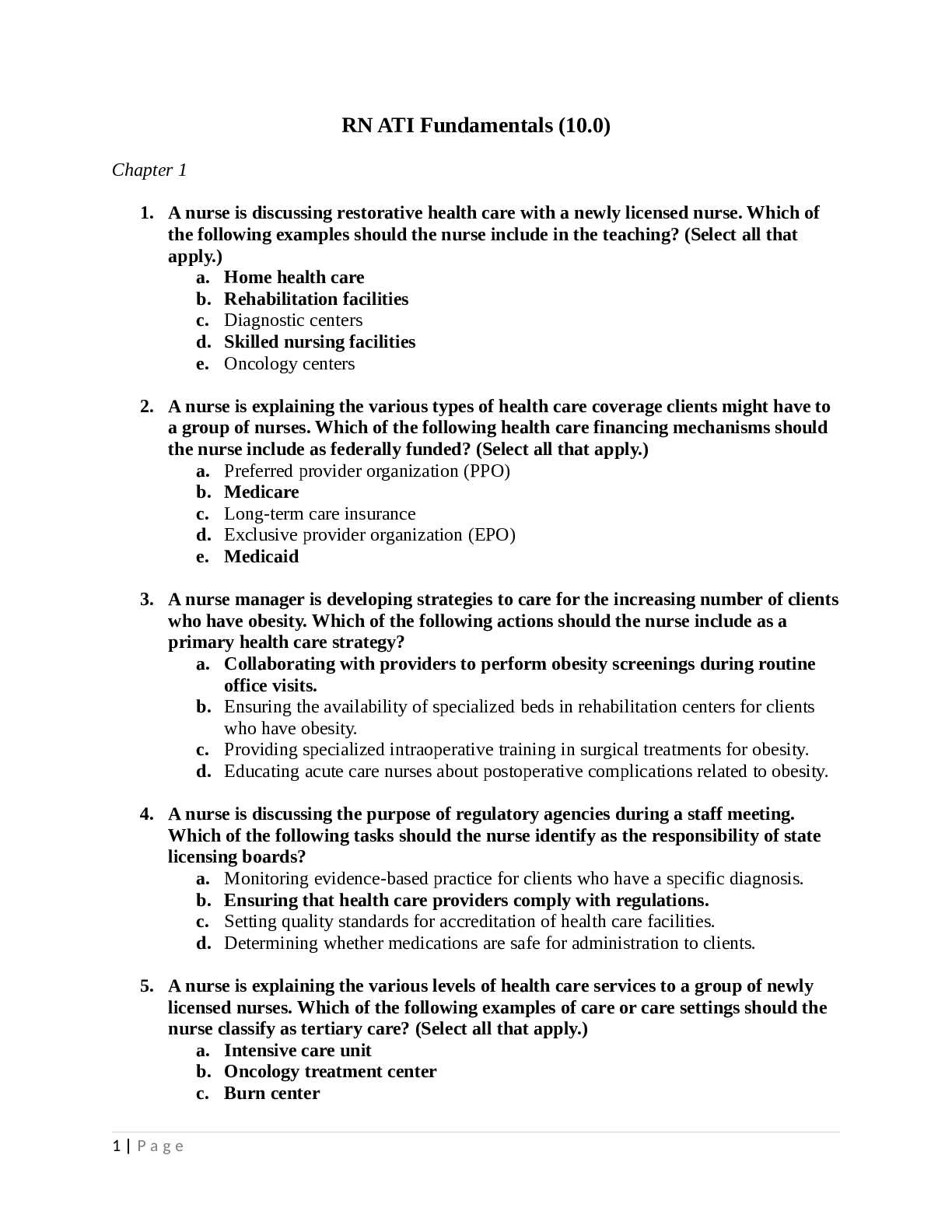
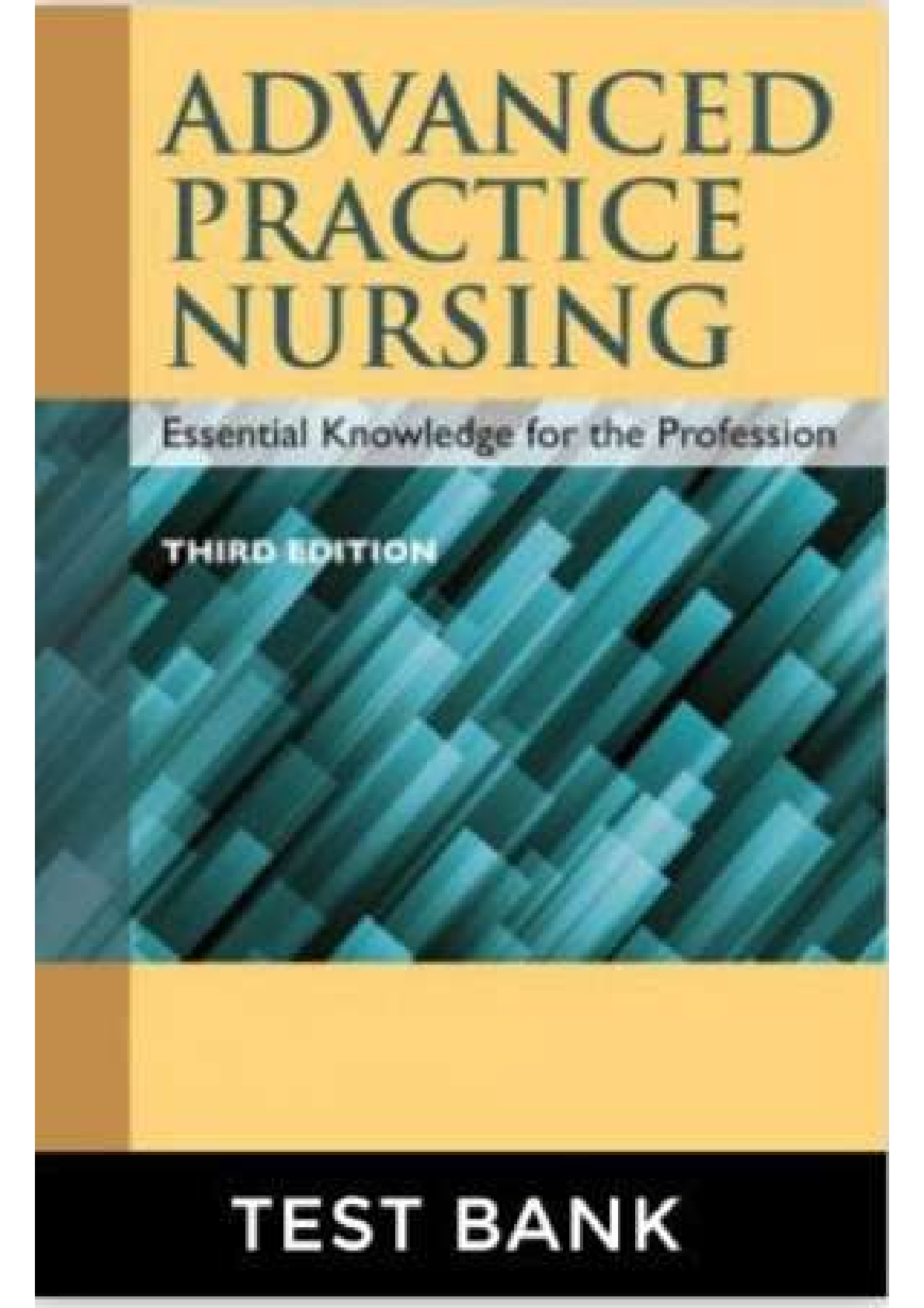
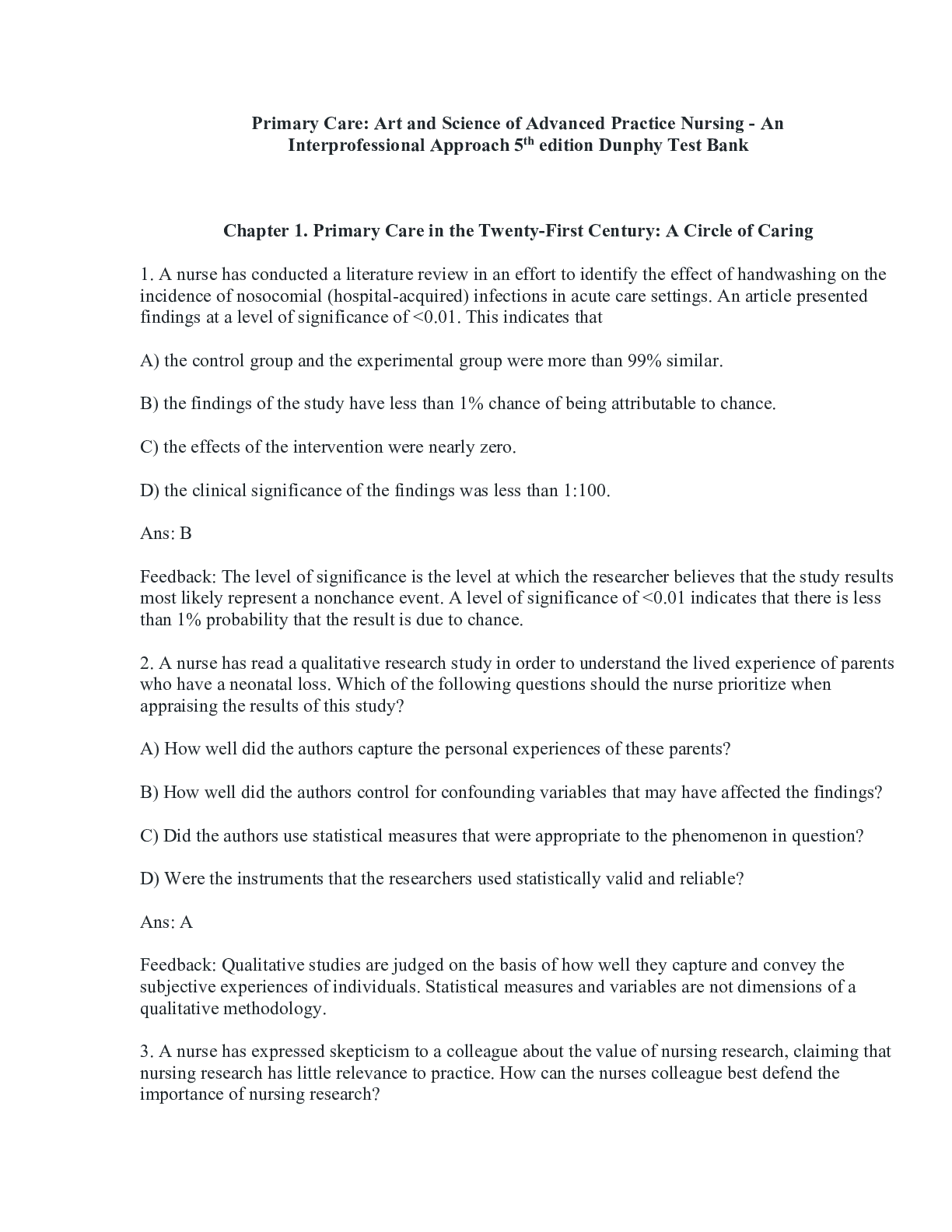
 - libgen.png)
.png)

 Mark F.png)
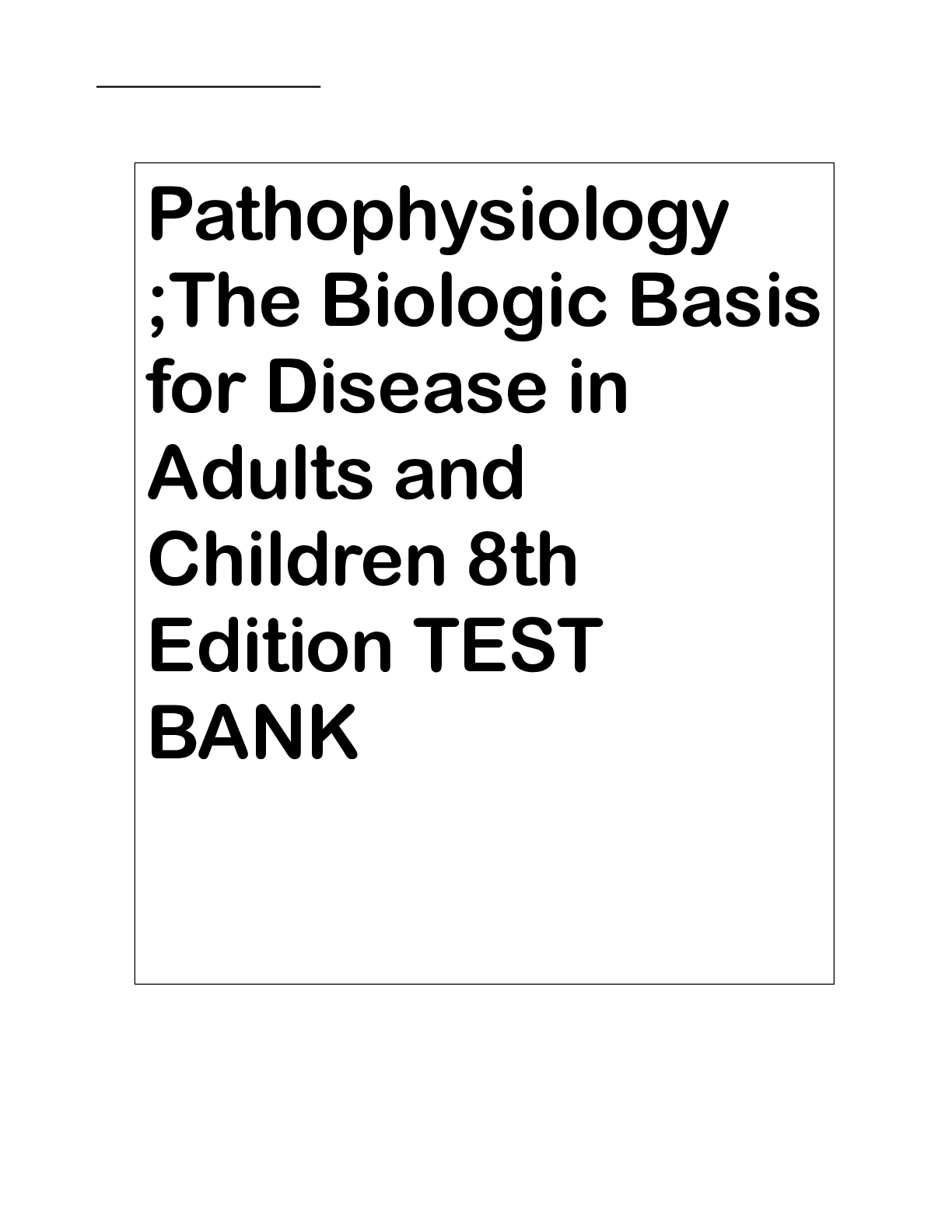
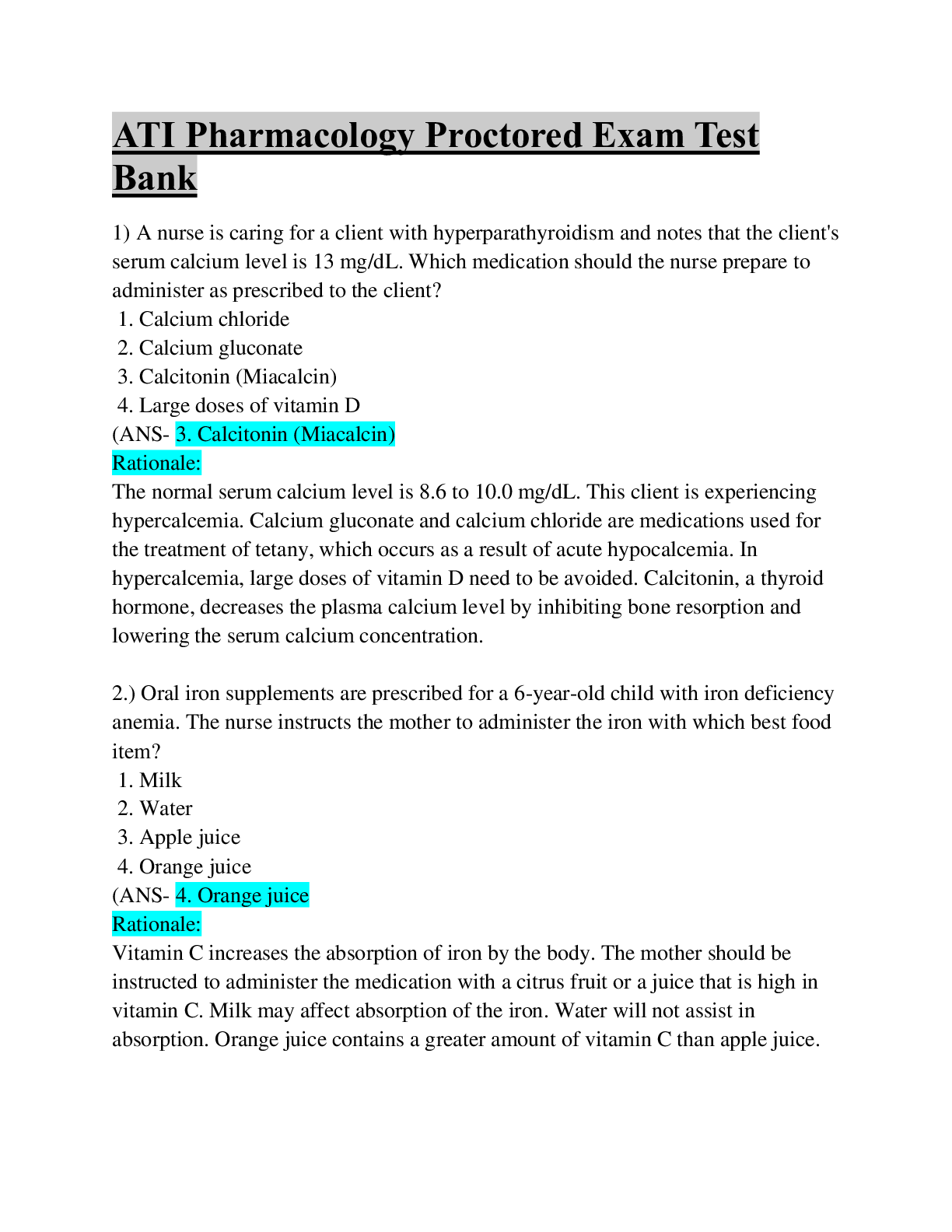

 Securities Institute of America - Wiley series 63 exam review 2016 + test bank_ the uniform securities state law examination-John Wiley and Sons (2016).png)
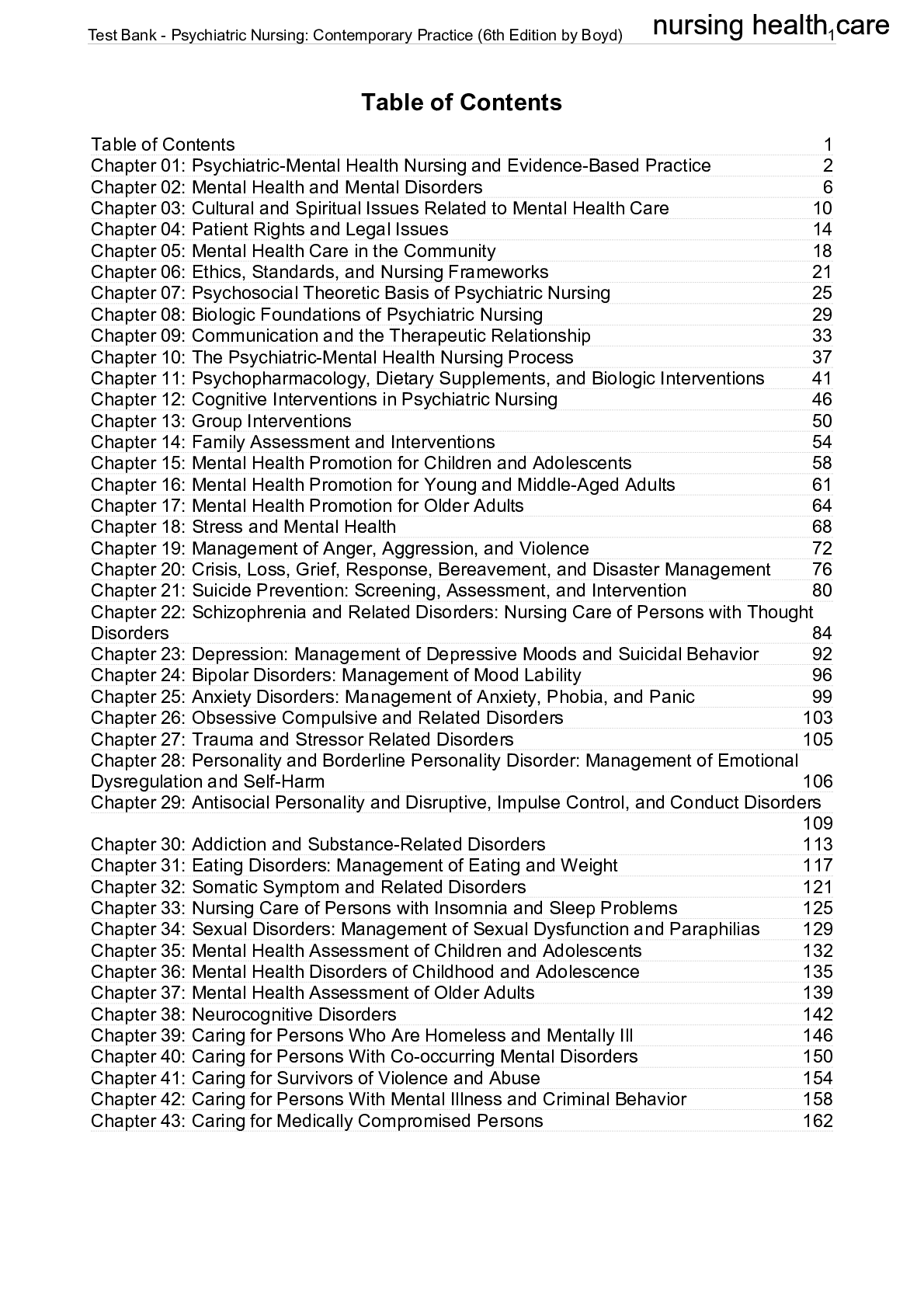
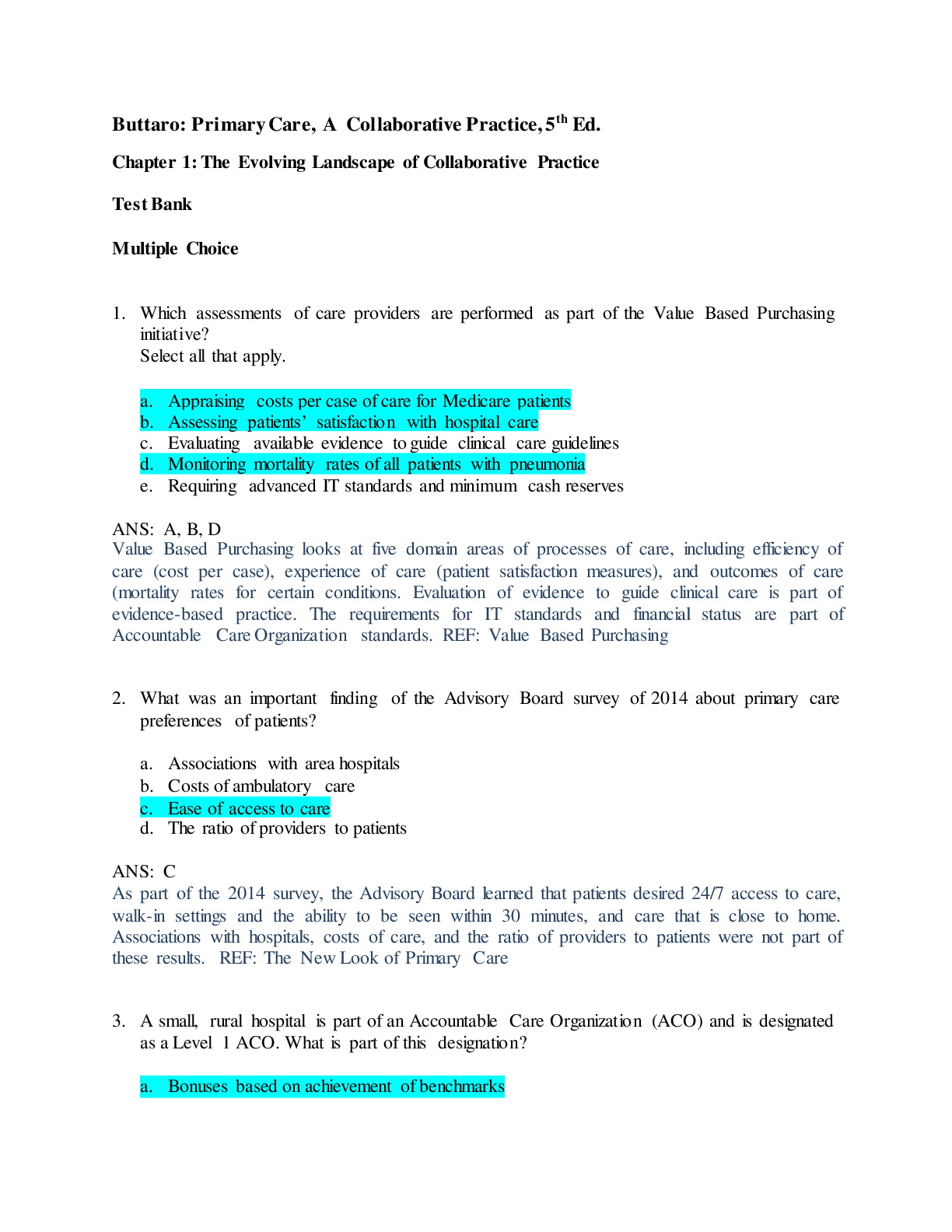

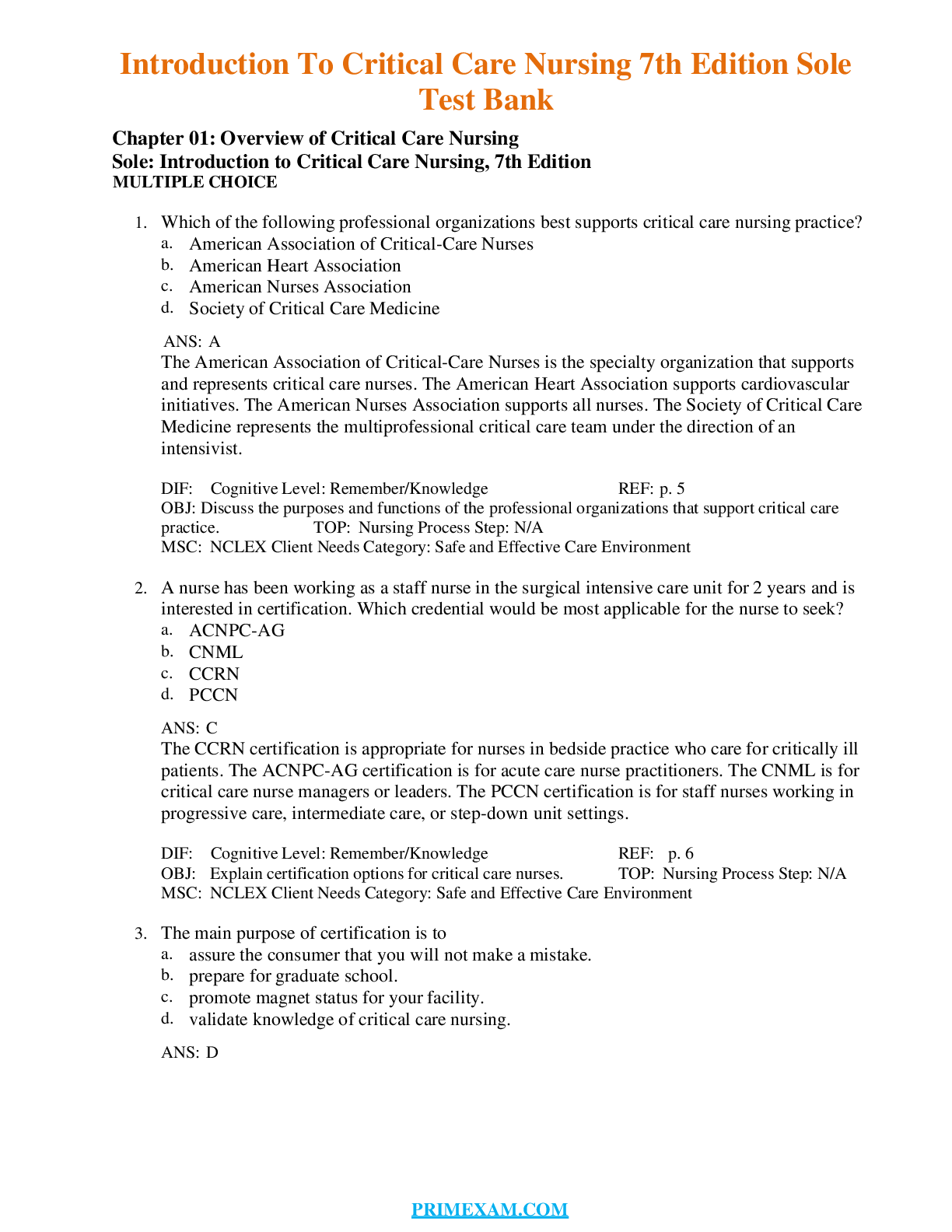



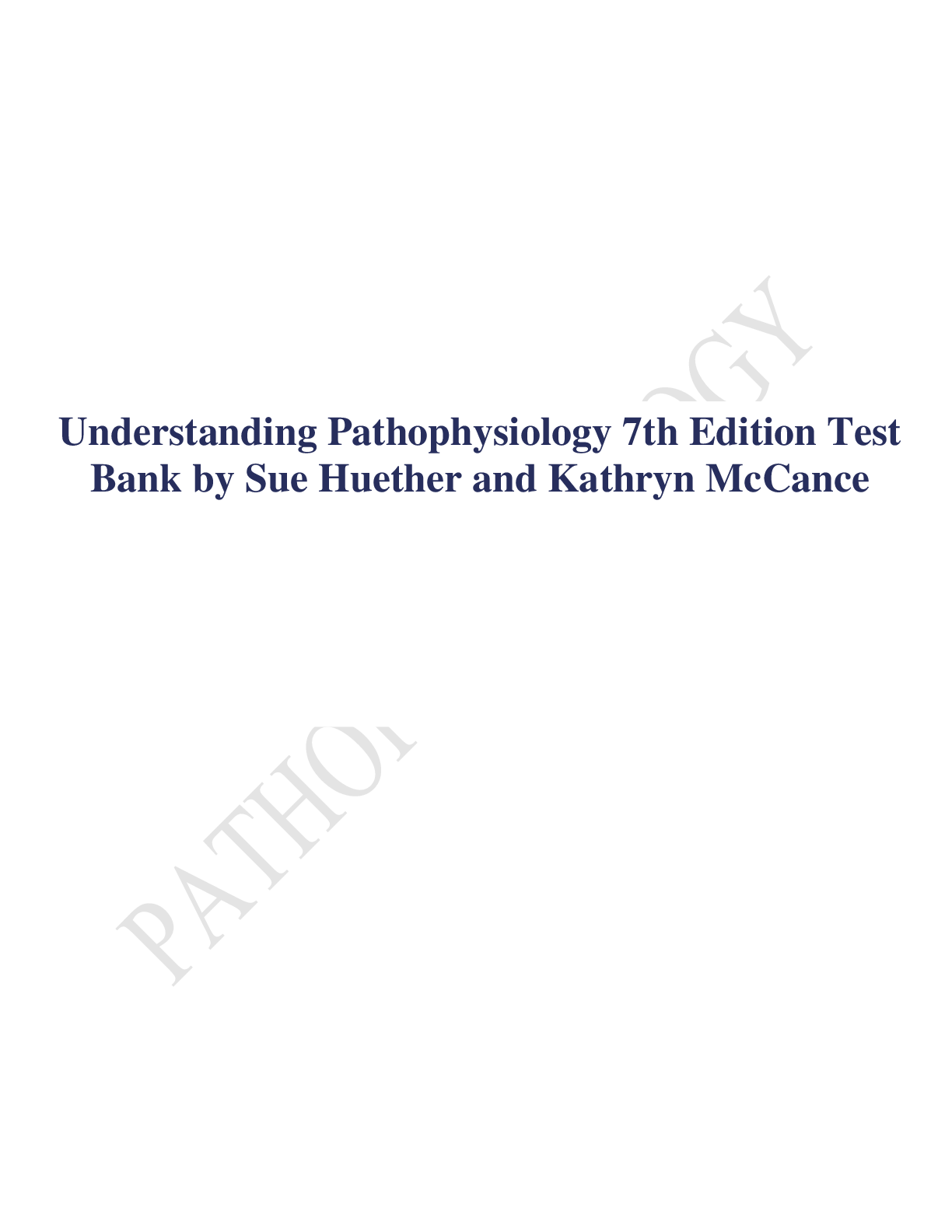
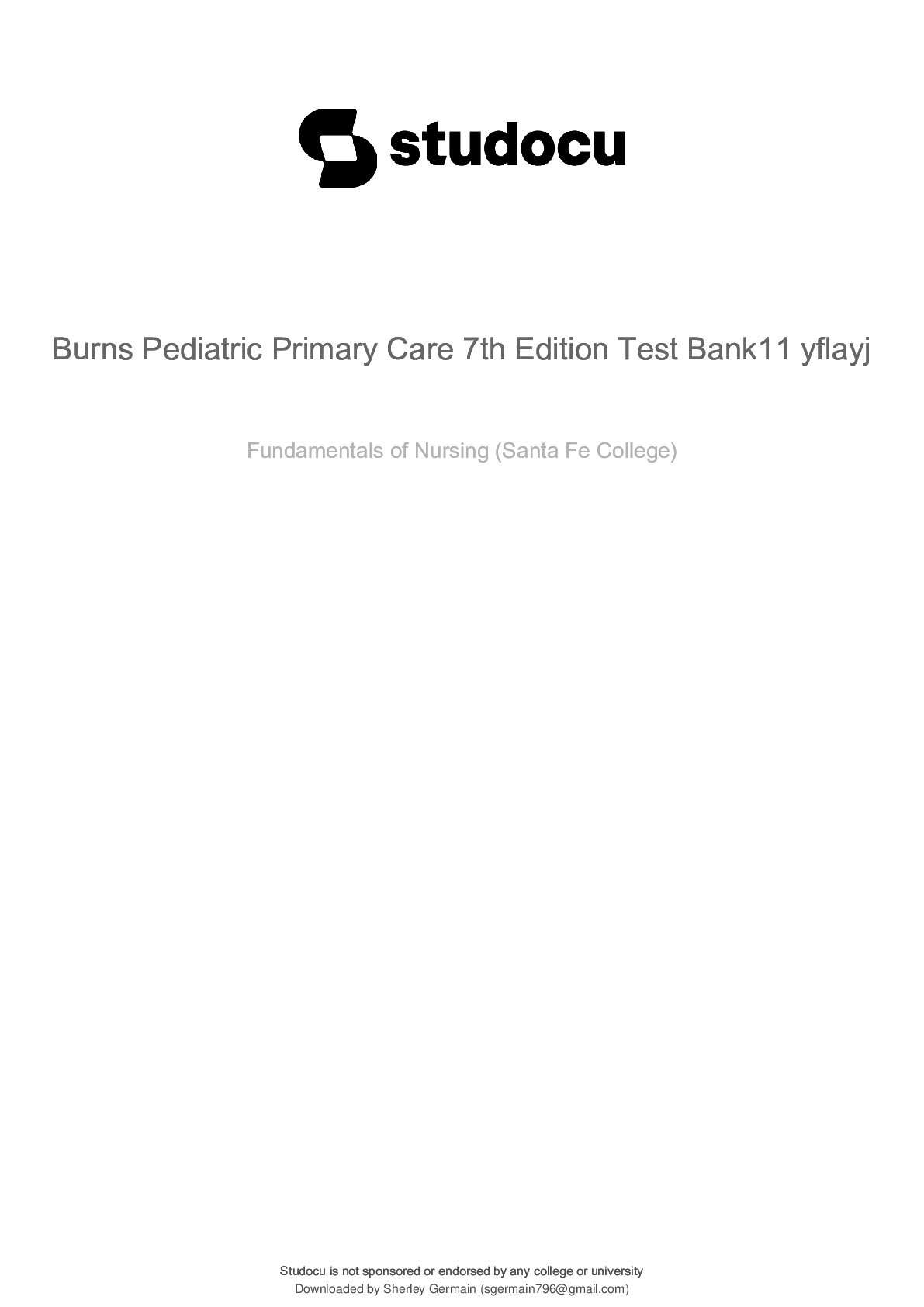

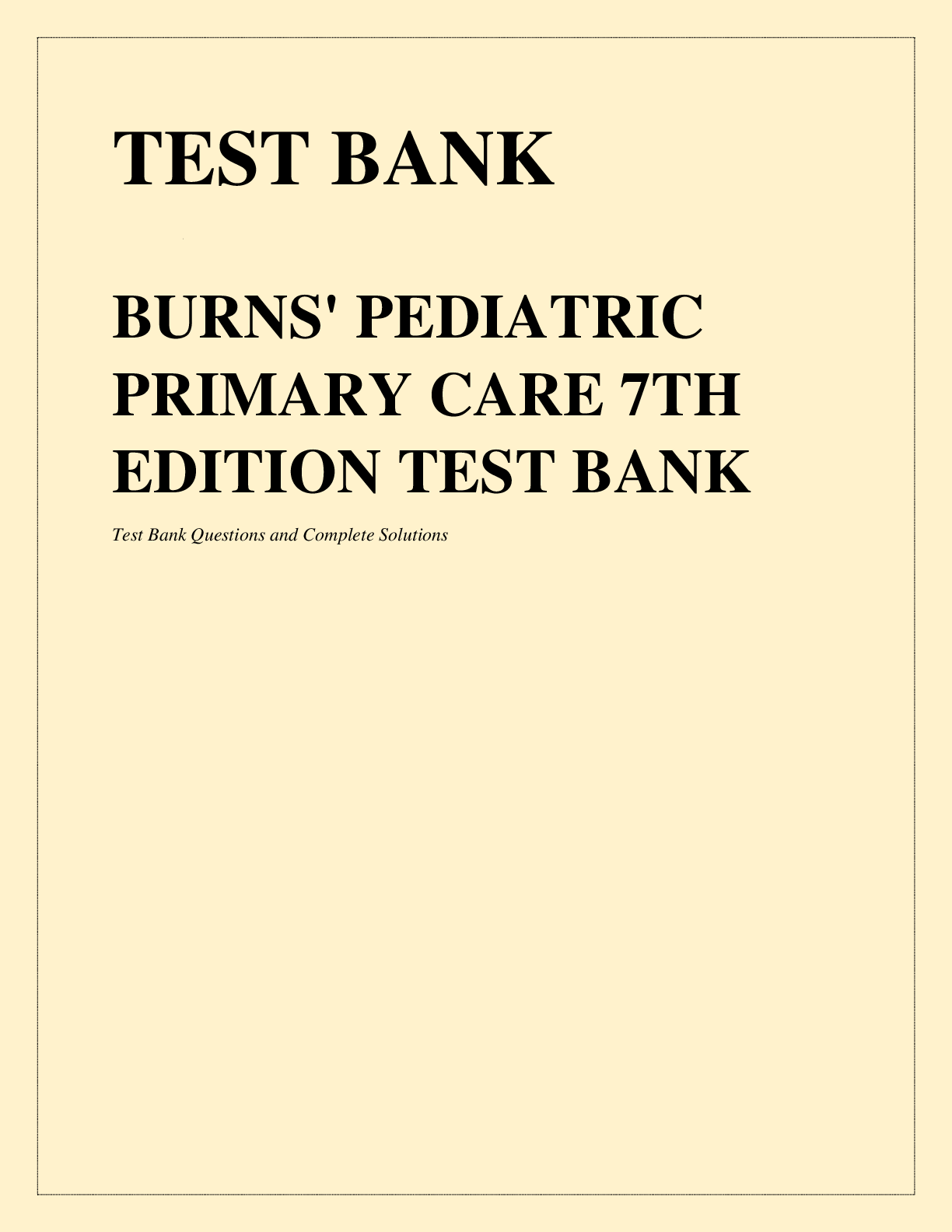
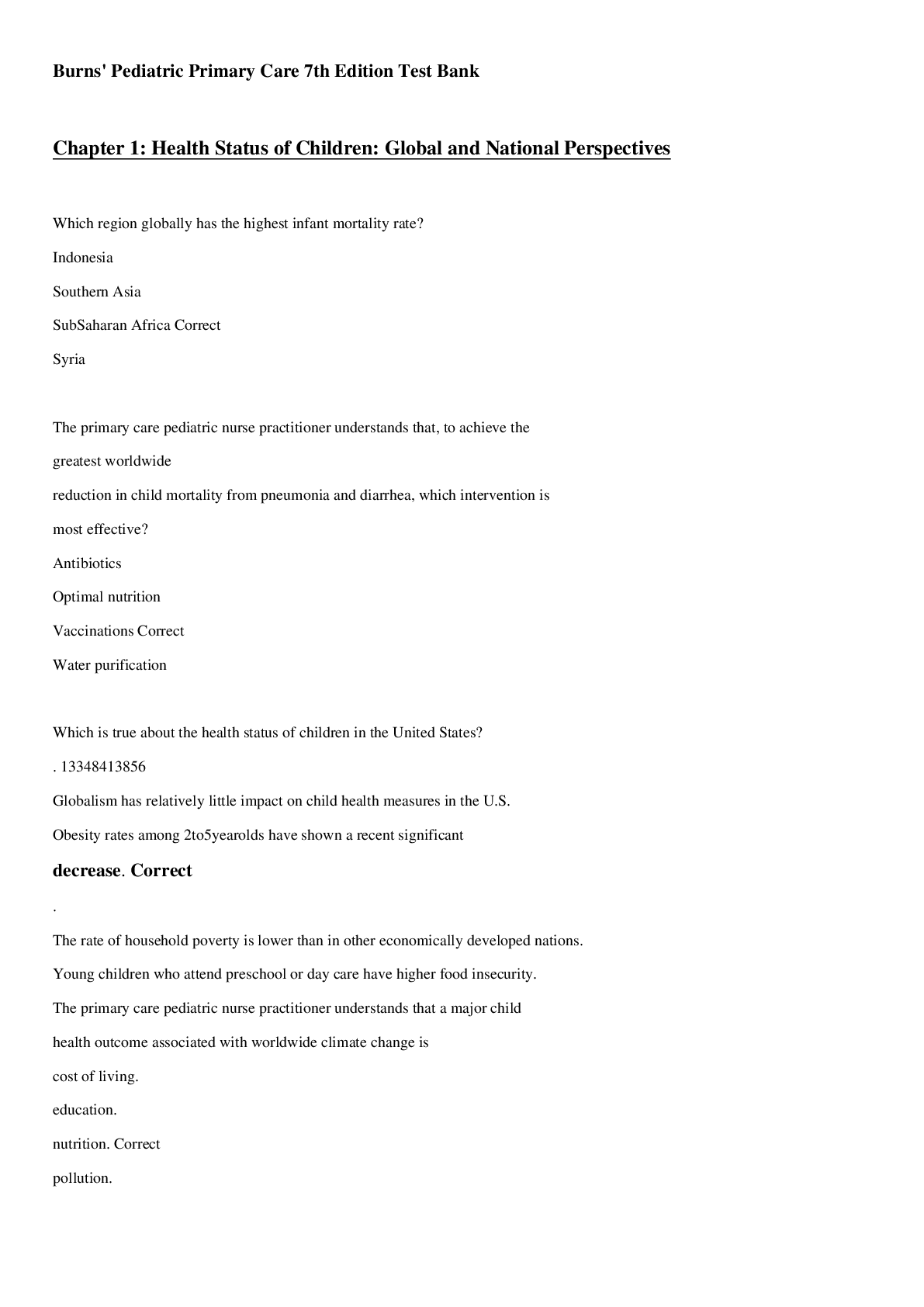

.png)
 (1).png)
